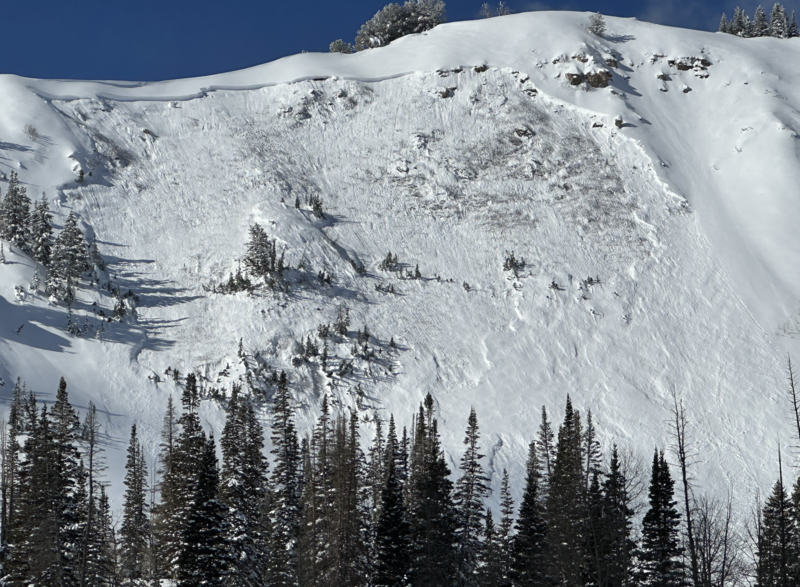Forecast for the Provo Area Mountains

Issued by Drew Hardesty on
Tuesday morning, January 30, 2024
Tuesday morning, January 30, 2024
A tricky MODERATE DANGER exists on steep west to north to southeast facing slopes for triggering a 2-5' thick hard slab avalanche that fails on a persistent weak layer.
With clear skies and skyrocketing temps, the danger for wet avalanches will rise to CONSIDERABLE on all steep sunny (as well as low elevation shady) slopes. Don't overstay your welcome in the oven.

Low
Moderate
Considerable
High
Extreme
Learn how to read the forecast here










